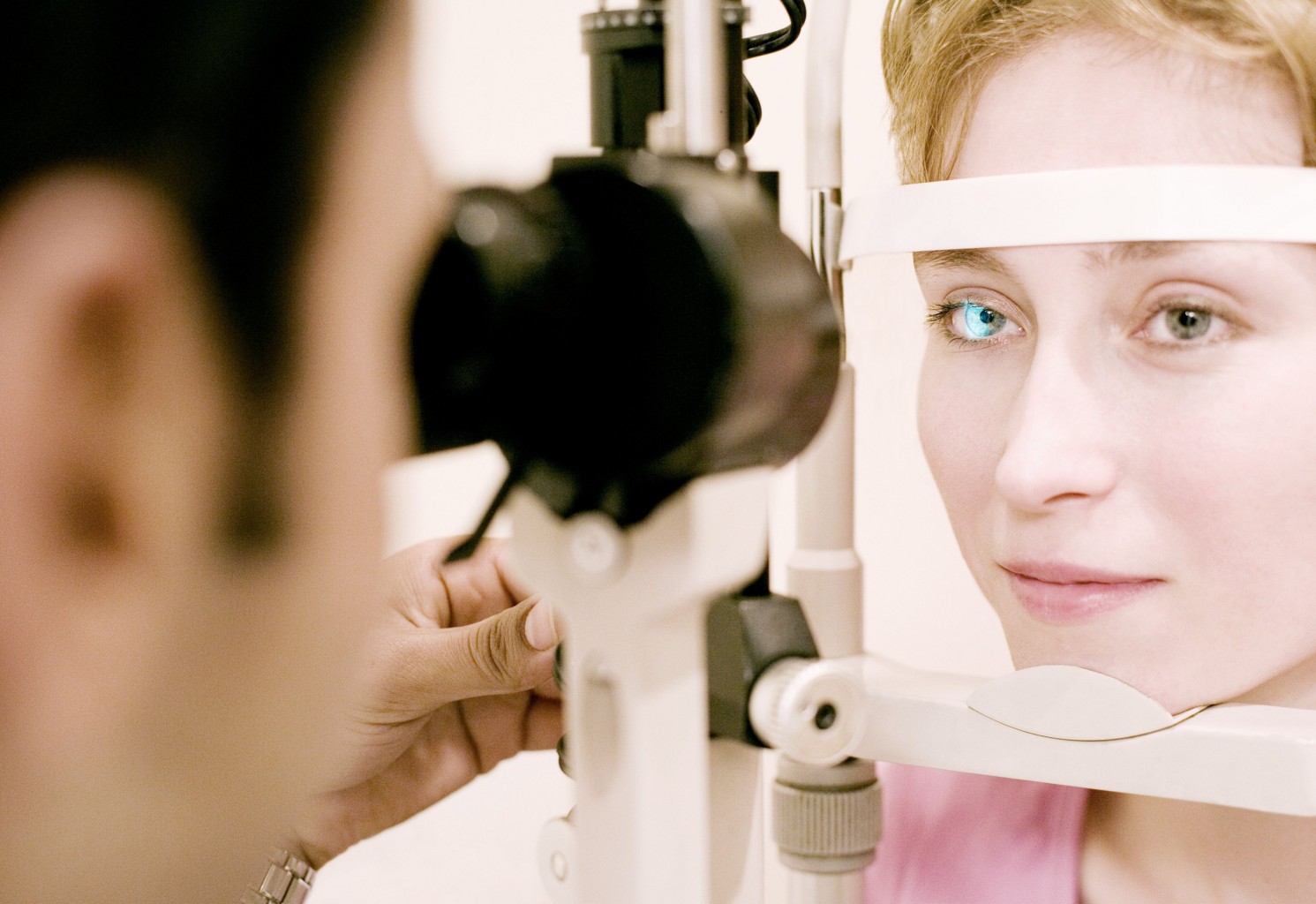
Biomicroscopy is an ophthalmological examination method used to examine various structures of the eye under a microscope. This examination is very important to assess the condition of the anterior chamber, eyelids, cornea, conjunctiva, sclera, iris, lens and intraocular fluid.
The purpose and importance of biomicroscopy examination:
Evaluation of eye structures: Used to identify abnormalities, infections, injuries and other pathologies in different parts of the eye.
Diagnosis of eye diseases: Cataract, keratitis, conjunctivitis and other eye diseases are very important for early detection.
Monitoring after surgical interventions: Biomicroscopy is used to monitor the healing process after eye operations.
Contact lens fit check: Contact lenses can also be used to check the fit of the eye and identify problems caused by lens wear.
How a biomicroscopy examination is performed:
Preparation: The doctor uses a special slit-lamp microscope for examination. Dilating drops may be instilled into the eyes before the examination.
Examination: You sit in front of the microscope and rest your head on a special stand. The doctor illuminates and thins different parts of your eye using a slit lamp.
Evaluation: The doctor evaluates different parts of the eye under a microscope to check for any abnormalities or diseases.
Conclusion: Based on the examination results, the doctor makes recommendations on the necessary treatment or additional examinations.
Biomicroscopy is an important examination for maintaining eye health and detecting potential problems at an early stage. Applying this procedure as part of regular eye examinations can help prevent serious eye diseases.